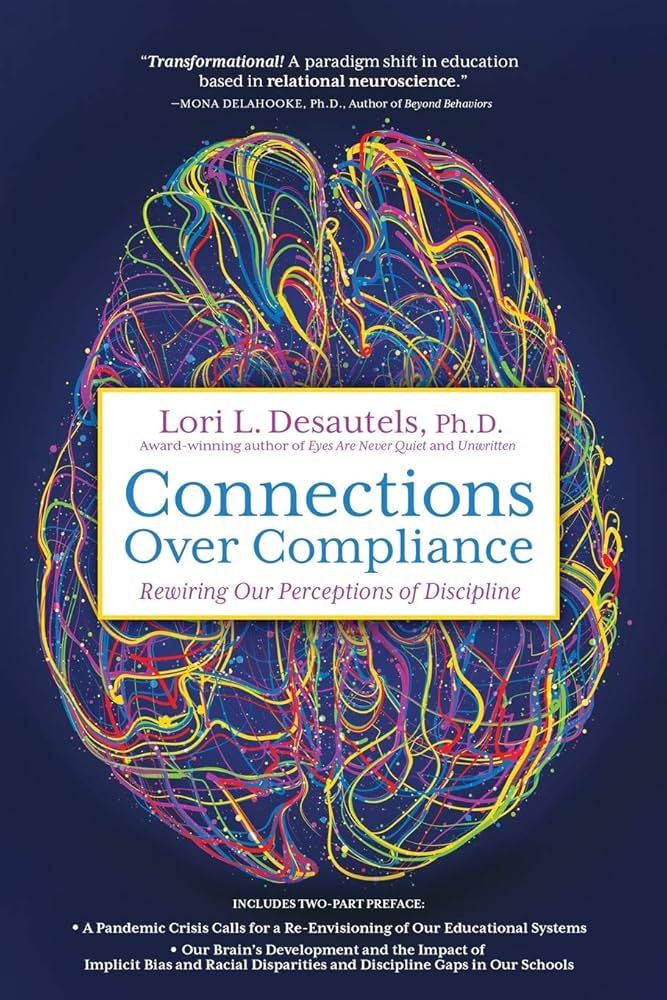
**Comprehending Behavioral Dynamics in Epidemics: The Discussion on ‘Behavioral Fatigue’**
Recently, The Guardian released an article disputing the concept of ‘behavioral fatigue’ in the context of pandemics, arguing that this idea lacks a scientific foundation. This phrase gained prominence when the UK government cited their sluggish reaction to the COVID-19 pandemic as one of the reasons for fearing public exhaustion from extended social distancing. Nevertheless, research indicates that the dynamics of public adherence during epidemics are, in fact, intricate and multifaceted, calling for a deeper analysis.
**Scientific Evidence and Epidemic Adherence:**
In contrast to assertions of absent scientific support, a multitude of studies has investigated public behavior amid epidemics. A model from the 1990s illustrated how risk perception can be distorted during epidemics—initial overestimation of threats often transitions into habituation, leading to a paradoxical decline in perceived risk even as actual risk escalates.
For example, during the 2009 H1N1 pandemic, empirical research revealed varying compliance levels over time. In certain situations, preventive behaviors such as hand hygiene and social distancing were observed to dwindle as the epidemic stretched on, a trend noted in Italy and Hong Kong. On the other hand, research in Malaysia and the Netherlands pointed towards stable or even heightened compliance for specific measures, underscoring the variance in reactions dependent on location and context.
Research also employed indirect indicators of compliance. A study conducted in Mexico correlated alterations in television viewing patterns with social distancing during the 2009 flu outbreak. As anxiety heightened, television viewership increased, suggesting that individuals were staying home more; however, as the epidemic progressed, both infection figures and television consumption eventually fell.
Additional studies applied mathematical models to replicate epidemic waves, proposing that decreasing compliance may contribute to cyclical increases in infection rates. Historical reviews, such as those from the 1918 influenza pandemic, further underscored how non-pharmaceutical interventions influenced outbreak patterns.
**Qualitative Insights and Compliance Trends:**
Qualitative investigations offer deeper insights, elucidating why individuals may occasionally withdraw from recommended practices. Interviews reveal that social, economic, and familial pressures frequently complicate adherence, even with ongoing infection risks.
Furthermore, game theory and economic frameworks have delved into individual decision-making amid epidemics, scrutinizing how strategic decisions impact preventive behavior. These interdisciplinary studies highlight the intricacies of human behavior in the face of threats.
**Lessons Learned:**
The discussion surrounding ‘behavioral fatigue’ highlights two essential points:
1. **Scientific Discretion:** Scientists need to be cautious in their public messaging, especially during emergencies. Oversimplified narratives can be misleading and undermine nuanced scientific findings. It is vital to anchor public communications in extensive research across various fields.
2. **Public Responsibility:** With COVID-19 illustrating the contagious nature of complacency, it is vital for individuals to uphold protective measures, even amid perceived routine risks. Historical examples demonstrate that communities maintaining vigilance can significantly lower transmission rates and safeguard at-risk populations.
In conclusion, while ‘behavioral fatigue’ may not be the most accurate term, evidence supports the variations in public compliance during epidemics, shaped by numerous factors. Recognizing this complexity aids in developing public health strategies that ensure essential interventions are sustained throughout the course of an outbreak.